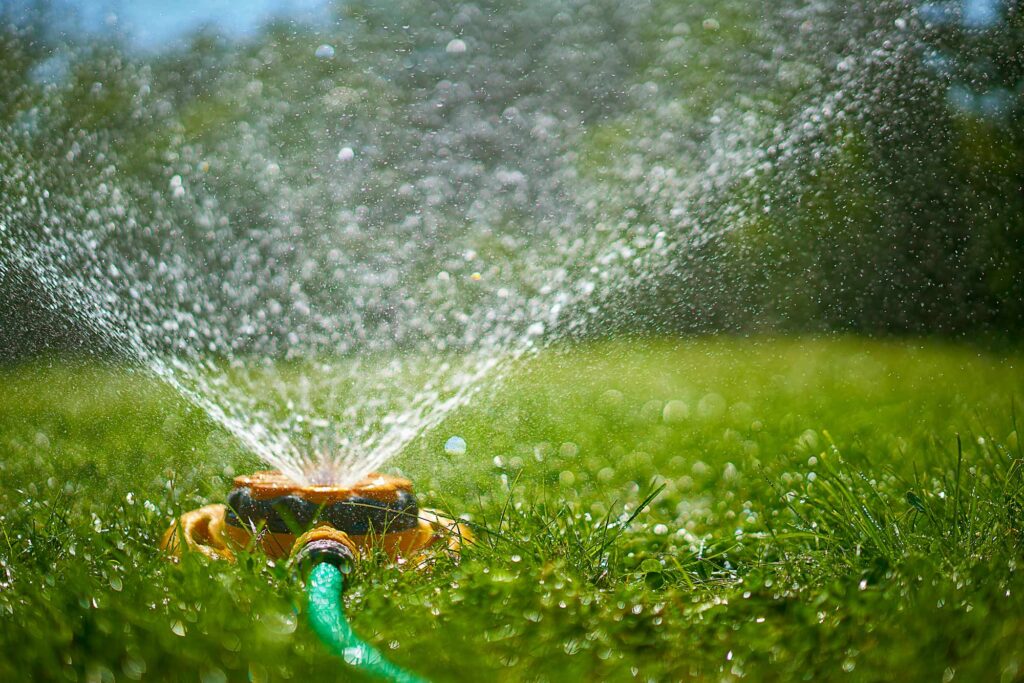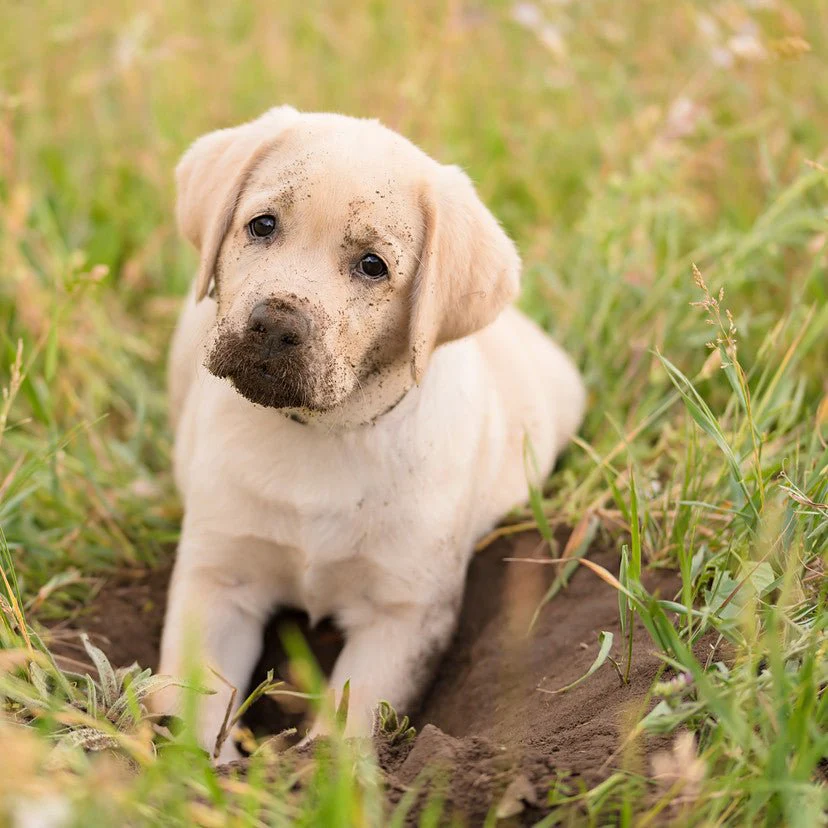Many lawn lovers want to keep our lawns in the best possible shape as the summer heat bears down on it. That said, it’s often tempting to water the grass more than it needs to keep it cool.
Improper summer lawn watering practices can lead to two significant outcomes—drought from too little water and disease from overwatering.
How much water does my lawn need during the summer?
Summer watering requirements for most warm and cool season grasses, including zoysia, St. Augustine, bermuda grass, centipede grass, bluegrass, and fescue, require about 1 inch of water per week, including rainfall.
Some of you may be wondering, “How do I measure 1 inch of water from my irrigation system or sprinkler?” A simple irrigation audit can help with a lot of this confusion.
In summary, an irrigation audit involves setting a few inexpensive cups around different zones in your lawn. These cups can vary from empty cans of tuna to sprinkler gauges.
Run your irrigation system or sprinkler until the cups hold about an inch of water. Different cups may have varying amounts of water, so it’s essential to make adjustments so that your lawn receives consistent water throughout.
When should I water my lawn during the summer?
During the summer, temperatures rise, and soil conditions change. The best time to water your lawn in the summer is in the early mornings for more extended periods of time and less frequently. This will decrease the dew period, where a thin layer of dew sits on the blades of grass.
Despite the warmer temperatures, decreasing this period is important because it reduces the time for water to sit on the grass blades—which is a valuable disease management practice.
Watering in the early mornings provides your lawn with water before it gets hot during the day.
How often should I water my lawn during the summer?
For most warm and cool season grasses, one or two weekly waterings should meet the weekly 1-inch of water requirement. The amount of water each irrigation system or sprinkler delivers can greatly affect how often you should water the lawn.
This is why it’s important to set up an irrigation audit. This audit will inform you of how much water your lawn is receiving in a single watering. Make adjustments to the frequency of each irrigation period as needed.





